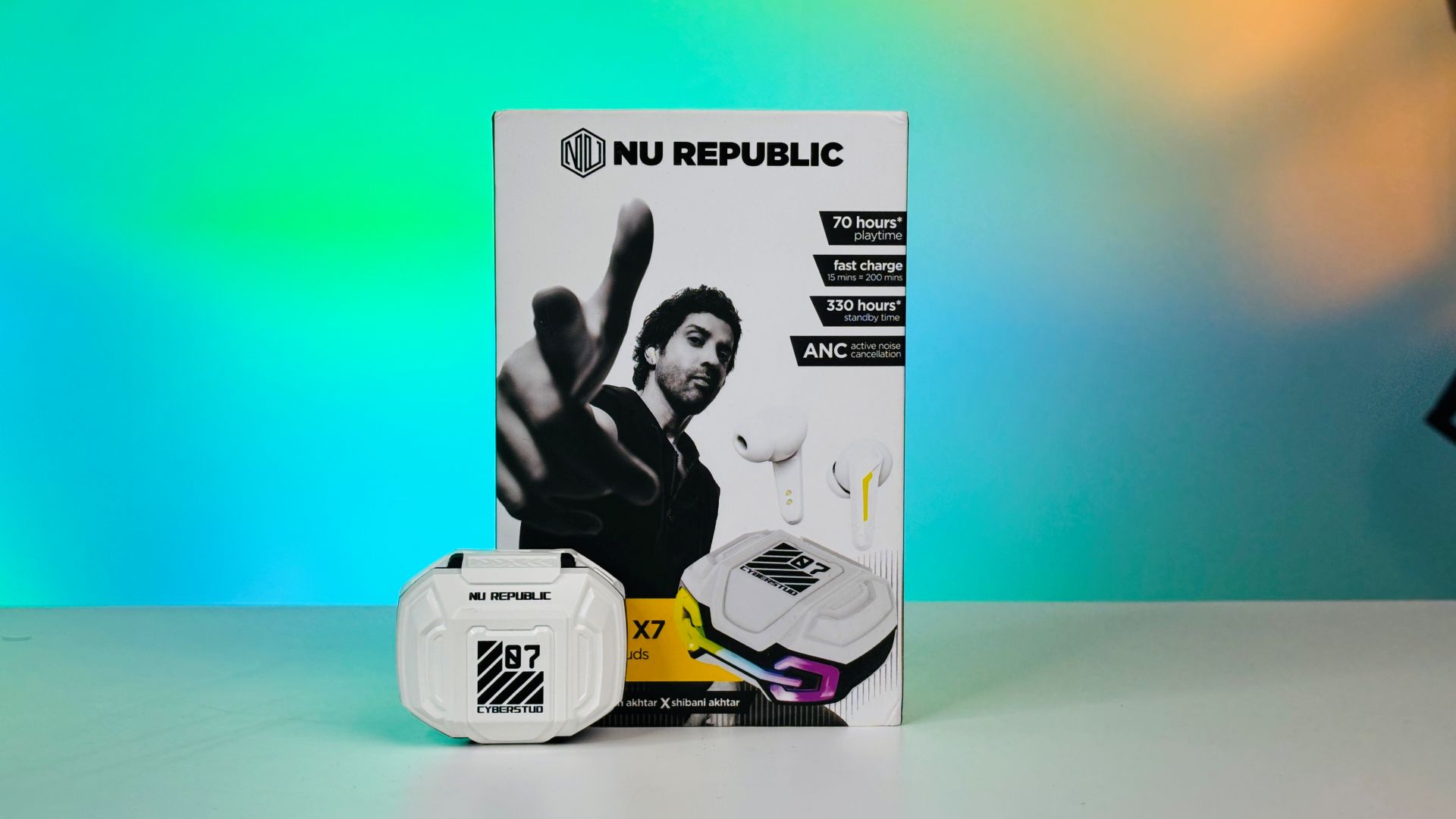In a move characteristic of its penchant for surprising unveilings, Google has quietly introduced a groundbreaking display technology with its latest flagship smartphone, the Pixel 9 series. This technological marvel, while not explicitly trumpeted during the phone’s launch, promises to redefine visual experiences on mobile devices, further cementing Google’s position at the forefront of innovation.
While the Pixel 9’s cameras and Tensor chip grabbed headlines, the true revolution lies beneath its screen. The new display technology, tentatively dubbed “HyperVision” by tech enthusiasts, represents a significant leap forward in color accuracy, brightness, and overall image quality. This advancement is poised to transform how we interact with our smartphones, from streaming videos to browsing photos, promising a feast for the eyes.
Decoding HyperVision: A Symphony of Light and Color
At its core, HyperVision marries cutting-edge hardware and intelligent software to create a visual experience that is both breathtaking and immersive. The display panel itself is rumored to be a next-generation OLED variant, boasting a significantly wider color gamut than its predecessors. This translates to more vibrant and lifelike colors, particularly in the red and green spectrums, where traditional displays often struggle.
Complementing this hardware prowess is Google’s proprietary image processing algorithms, which work tirelessly in the background to optimize every pixel displayed on the screen. These algorithms leverage machine learning to analyze and enhance image quality in real time, resulting in sharper details, improved contrast, and reduced noise.
The Pixel 9 Experience: A Visual Feast
Early adopters of the Pixel 9 series have been effusive in their praise of the HyperVision display. Colors pop with unprecedented vibrancy, making photos and videos come alive. The improved brightness levels ensure a comfortable viewing experience even under direct sunlight, while the enhanced contrast adds depth and dimension to every image.
But HyperVision’s impact extends beyond mere visual aesthetics. The technology’s superior color accuracy is a boon for creative professionals who rely on their smartphones for photo and video editing. The ability to see colors as they truly are ensures greater precision and control, leading to more polished and professional results.
Google’s Quiet Revolution: A Strategic Play
Google’s decision to introduce HyperVision without much fanfare is a calculated move. By focusing on the Pixel 9’s other headline-grabbing features, the company has created an element of surprise and delight for users who discover the display’s capabilities for themselves. This “underpromise and overdeliver” strategy has the potential to generate significant buzz and word-of-mouth marketing, further fueling the Pixel 9’s popularity.
Moreover, the quiet launch allows Google to fine-tune the technology based on real-world user feedback. This iterative approach ensures that HyperVision reaches its full potential before being rolled out to a wider audience, potentially through future Pixel models or even licensed to other manufacturers.
The Future of Smartphone Displays: HyperVision’s Legacy
The introduction of HyperVision marks a turning point in the evolution of smartphone displays. By pushing the boundaries of color accuracy, brightness, and image quality, Google has set a new benchmark for the industry. Other manufacturers will undoubtedly strive to catch up, leading to a wave of innovation that will benefit consumers across the board.
But HyperVision’s legacy extends beyond mere technological advancement. It represents a shift in how we perceive and interact with our smartphones. The display is no longer just a window into the digital world; it’s a canvas for immersive experiences, a tool for creative expression, and a source of visual delight.
My Take on HyperVision
As someone who has had the privilege of experiencing the Pixel 9’s HyperVision display firsthand, I can attest to its transformative power. The colors are so vibrant and lifelike that it’s almost like looking through a window into another world. The improved brightness and contrast make every image pop, and the overall viewing experience is simply stunning.
I believe that HyperVision has the potential to revolutionize the smartphone industry. It’s a technology that not only enhances the way we use our phones but also changes the way we think about them. The Pixel 9 is no longer just a phone; it’s a portal to a world of visual wonder.


























Add Comment